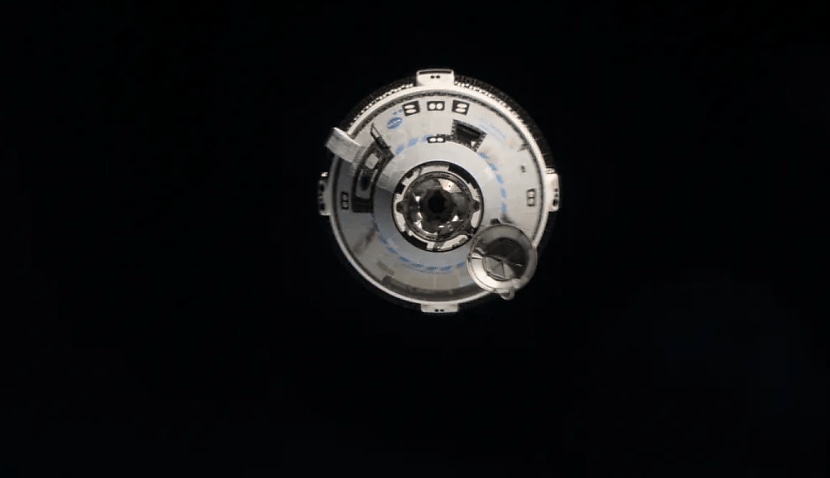
However, the agency has downplayed its impact on the mission, arguing the spacecraft has “plenty of margin” to support the trip back to Earth.
Starliner finally blasted off last week on its historic first crewed mission after a series of delays last month. It aims to return no earlier than Tuesday, 18 June.
Previously, four leaks were known to have affected the mission, though NASA quietly confirmed a fifth in a new statement on Monday.
NASA uses helium to keep hot gases and ultra-cold liquid fuel separated during blast-offs, which is why it had the potential to affect both the lift-off and undocking.
“Only seven hours of free-flight time is needed to perform a normal end-of-mission, and Starliner currently has enough helium left in its tanks to support 70 hours of free-flight activity following undocking,” NASA said.
“While Starliner is docked, all the manifolds are closed per normal mission operations, preventing helium loss from the tanks.”
Speaking to the US website Space News, NASA added the latest incident is “considerably smaller” than the others.
Engineers are also evaluating a reaction control system (RCS) oxidiser isolation valve in the service module that is “not properly closed”.
“Ground teams performed a successful propulsion system valve checkout on Sunday. All other oxidiser and fuel valves within the service module were cycled normally,” said NASA.
“The suspect oxidiser isolation valve was not cycled in the recent checkout. It will remain commanded closed for the remainder of the mission while ground teams continue to evaluate its data signatures.
“The crew module propulsion valves, which are part of an independent system that steers the capsule in the last phase of flight before landing, also were successfully cycled, and all those valves are performing as designed.”
NASA has a lot riding on the success of Starliner, given that it is currently only able to send astronauts to space via SpaceX’s Dragon capsule.
The current mission – with astronauts Barry “Butch” Wilmore and Sunita “Suni” Williams onboard – is the final test flight before NASA certifies the vehicle for regular operational missions starting as soon as next year.
Starliner was initially due to blast off to the ISS earlier last month, but the first attempt was scrubbed at the last minute because of a faulty valve on the rocket’s Centaur upper stage.
A subsequent try on 17 May was also repeatedly delayed, this time due to a helium issue. Finally, a third problem was found to be linked to a flange in a thruster in the spacecraft’s service module.
May’s scrubbed launches are the latest in years of issues for Starliner, which Boeing hopes will be able to regularly send US astronauts into space much like SpaceX’s Dragon capsule.
Starliner’s first attempt at a flight without humans onboard failed in 2019 due to software glitches, but it eventually docked with the ISS in May 2022.

Adam Thorn
Adam is a journalist who has worked for more than 40 prestigious media brands in the UK and Australia. Since 2005, his varied career has included stints as a reporter, copy editor, feature writer and editor for publications as diverse as Fleet Street newspaper The Sunday Times, fashion bible Jones, media and marketing website Mumbrella as well as lifestyle magazines such as GQ, Woman’s Weekly, Men’s Health and Loaded. He joined Momentum Media in early 2020 and currently writes for Australian Aviation and World of Aviation.
Receive the latest developments and updates on Australia’s space industry direct to your inbox. Subscribe today to Space Connect here.








